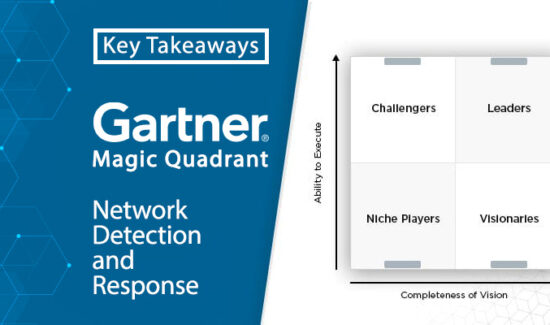15 Network Performance Monitoring Best Practices


The editors at Solutions Review map out some Network Performance Monitoring best practices every enterprise should consider in their network security strategies.
Network performance monitoring is a critical aspect of managing and maintaining the health of any computer network. By continuously monitoring key metrics such as bandwidth utilization, latency, packet loss, and error rates, administrators can proactively identify and address potential issues before they escalate. This ensures optimal network performance, minimizes downtime, and enhances productivity for end-users.
Additionally, network performance monitoring plays a crucial role in capacity planning and resource optimization, allowing organizations to scale their networks effectively as demands grow. It provides insights into the behavior of applications, enabling administrators to prioritize and allocate resources based on critical business needs. Moreover, in the context of security, monitoring the network helps detect and promptly respond to suspicious activities or potential cyber threats.
15 Network Performance Monitoring Best Practices
Here are some network performance monitoring best practices every enterprise should consider implementing in their strategies:
- Define Clear Objectives:
- Clearly define the goals and objectives of your network performance monitoring strategy. Understand what metrics are most critical for your organization and what level of performance is acceptable.
- Select Relevant Metrics:
- Identify and monitor key performance indicators (KPIs) that align with your objectives. Typical metrics include bandwidth utilization, latency, packet loss, error rates, and network uptime.
- Real-Time Monitoring:
- Implement real-time monitoring tools to promptly detect and respond to issues as they arise. Real-time visibility allows for quick troubleshooting and resolution.
- Scalability:
- Choose monitoring solutions that can scale with your network’s growth. Ensure the tools can handle increasing traffic and data volume without compromising performance.
- Baseline Performance:
- Establish a baseline of average network performance. This baseline can serve as a reference point for identifying anomalies and deviations that may indicate potential issues.
- Proactive Alerts:
- Configure proactive alerts for critical thresholds. Receive notifications when performance metrics exceed predefined limits, allowing for early detection and mitigation of potential problems.
- End-to-End Monitoring:
- Monitor the entire network infrastructure, including servers, routers, switches, and endpoints. This end-to-end visibility helps identify the source of performance issues and accelerates troubleshooting.
- Application Performance Monitoring (APM):
- Implement APM tools to monitor the performance of specific applications. Understand how applications are utilizing network resources and identify any bottlenecks affecting user experience.
- Historical Data Analysis:
- Store historical performance data to analyze trends over time. Historical data helps in capacity planning, forecasting, and identifying long-term patterns or recurring issues.
- Security Monitoring:
- Integrate security monitoring into your network performance monitoring strategy. Detect and respond to security threats promptly to ensure the integrity and confidentiality of your network.
- User Experience Monitoring:
- Monitor the end-user experience, including response times for applications and services. This helps in understanding the impact of network performance on user satisfaction.
- Regular Audits and Reviews:
- Conduct regular audits and reviews of your network performance monitoring strategy. Ensure that the selected tools and configurations align with evolving business needs and technology advancements.
- Collaboration and Documentation:
- Foster collaboration between network administrators, IT teams, and other relevant stakeholders. Document procedures, configurations, and incident responses to facilitate knowledge sharing and continuous improvement.
- Training and Skill Development:
- Invest in training and skill development for IT staff responsible for network performance monitoring. Keep them updated on the latest technologies and best practices in the field.
- Compliance:
- Ensure that your network performance monitoring strategy complies with relevant industry regulations and standards. This is crucial for maintaining a secure and well-managed network.
Network performance monitoring is a cornerstone for enterprises, ensuring the reliability, scalability, and security of their network infrastructure. It not only helps maintain a high level of operational efficiency but also aligns with broader business goals by supporting a resilient and secure IT environment. By following these best practices, organizations can enhance their ability to monitor, analyze, and optimize network performance, resulting in a more reliable and efficient network infrastructure.
This article was AI-generated by ChatGPT and edited by Solutions Review editors.




















